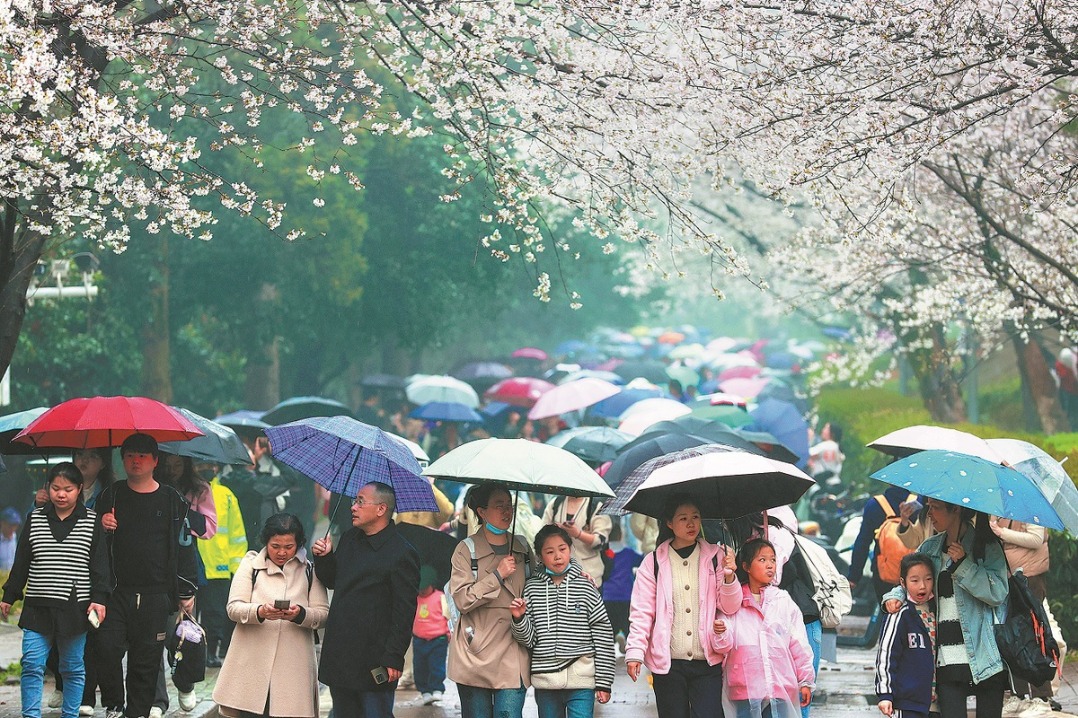Wuhan sees big growth in permanent population
By ZHAO XINYING | China Daily | Updated: 2022-05-18 07:18

In April last year, Xu Huanhuan ended his eight-year stay in Beijing and returned to his hometown of Wuhan, the capital of Hubei province.
The 32-year-old said the city is reviving quickly from the adverse impact of COVID-19 and he is able to accompany and take care of his aging parents.
Xu might be one of the many that made the same choice last year.
Official statistics released recently showed that the permanent population in Wuhan reached 13.6 million last year, 1.2 million more than in 2020, marking the biggest growth among 40 major cities on the Chinese mainland in 2021.
Ye Qing, a professor at Zhongnan University of Economics and Law in Wuhan, said the city led in population increase because its economy has developed quickly since its lockdown was lifted in April 2020.
This not only brought large numbers of people from other cities in Hubei to work in Wuhan, but also attracted some local residents who had left to seek jobs in other cities and provinces to return, he said.
"Meanwhile, as industries such as information technology and automobile manufacturing are prospering in the city, more college graduates have decided to live and work here after graduation, boosting the city's population growth," Ye said.
Wuhan's outstanding performance in population growth also contributed to that of Hubei in general.
According to statistics released by 31 provinces, regions and municipalities on the mainland, Hubei ranked third in terms of population growth, with an increase of 547,000 permanent residents last year.
Apart from Hubei, 14 provinces and regions-mainly in eastern and southern areas of China-also witnessed growth in their permanent populations.
Zhejiang took first place with a growth of 720,000 permanent residents, followed by increases of 600,000 in Guangdong, 281,000 in Jiangsu and 260,000 in Fujian.
Wang Guangzhou, a researcher at the Institute of Population and Labor Economics of the Chinese Academy of Social Sciences, said the rise in the permanent population of a region is usually determined by two factors: natural population growth and population inflow.
Zhejiang had a natural population growth of only 65,000 last year.
The growth in its permanent population was mainly a result of a population inflow, Wang said.
Such a phenomenon is closely related to the province's robust economy, he added.
In 2021, Zhejiang's GDP ranked fifth nationally.
"A strong economy is a major factor in population inflow, as a better economy means better job opportunities and a higher living standard," Wang said.
In contrast, Guangdong's population growth last year mainly came from local natural population growth, he added. The province had a natural population growth of 571,900 people last year.
"People in Guangdong have a long tradition of having big families and are willing to have more children," Wang said.






















